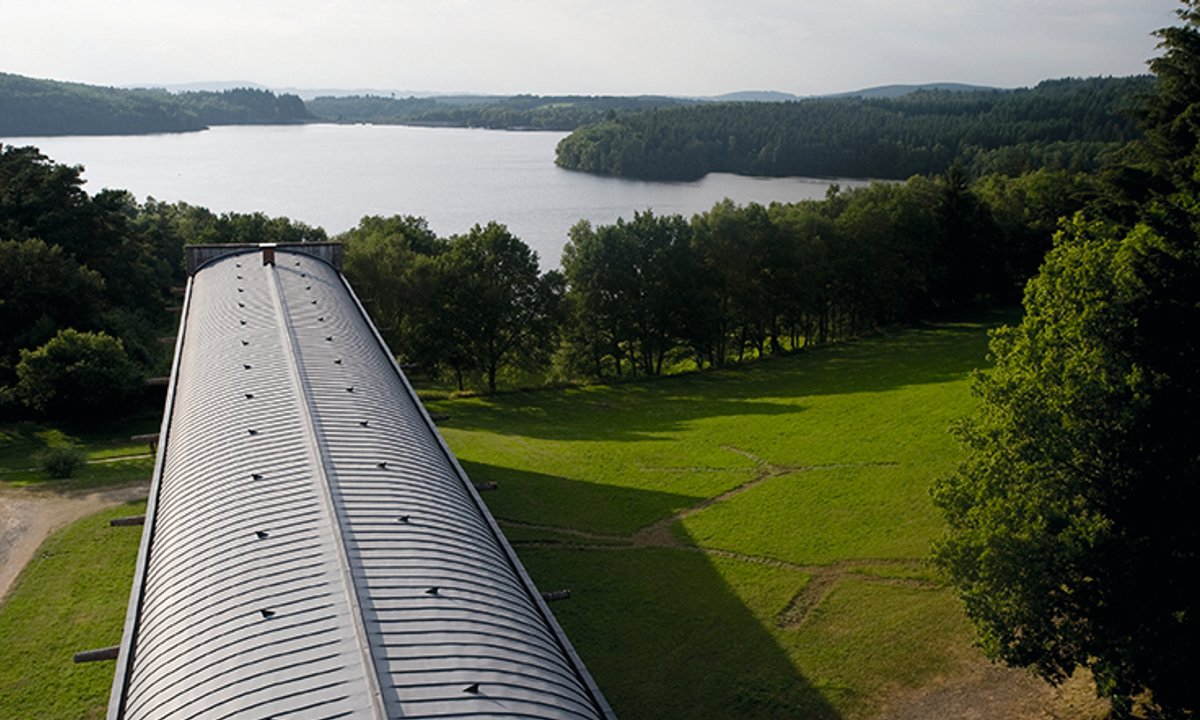
"Situated on a forested island on a lake in the rural Plateau de Millevaches in Nouvelle-Aquitaine, the Centre International d'Art et du Paysage-Île de Vassivière (CIAPV) is about as far removed from a major industrialised city as one can get in France. A carbon footprint analysis mandated by the French government last year confirmed what the bucolic surroundings already suggested: CIAPV's carbon footprint was not especially high. But about 95% of the art centre's emissions came from a single, indispensable source: its visitors."
""Because we're in a rural location and there are next to no modes of public transportation, you are basically obliged to take a car," the executive director Alexandra McIntosh tells The Art Newspaper. "We also have an international exhibition and residency programme, but we're not about to limit our programming to only regional artists, and obviously we're not going to close the doors to visitors.""
""A lot of our thinking now is how can we mitigate the carbon footprint of our visitors in other ways," she says. "We have the great benefit of being an art centre on an island, so we're surrounded by green space and forests and water. There are concrete things that we can do to increase biodiversity and to reduce, let's say, surface temperatures and air temperatures.""
The Centre International d'Art et du Paysage–Île de Vassivière (CIAPV) sits on a forested island in the rural Plateau de Millevaches in Nouvelle-Aquitaine. A French government–mandated carbon-footprint analysis found that CIAPV's on-site emissions were low but about 95% of total emissions derived from visitors. The center's rural location and near absence of public transportation oblige most visitors to travel by car. CIAPV maintains an international exhibition and residency programme and refuses to limit programming to regional artists or restrict visitor access. Leadership is pursuing mitigation strategies that leverage the island's green space, forests and water to increase biodiversity and lower surface and air temperatures.
Read at The Art Newspaper - International art news and events
Unable to calculate read time
Collection
[
|
...
]